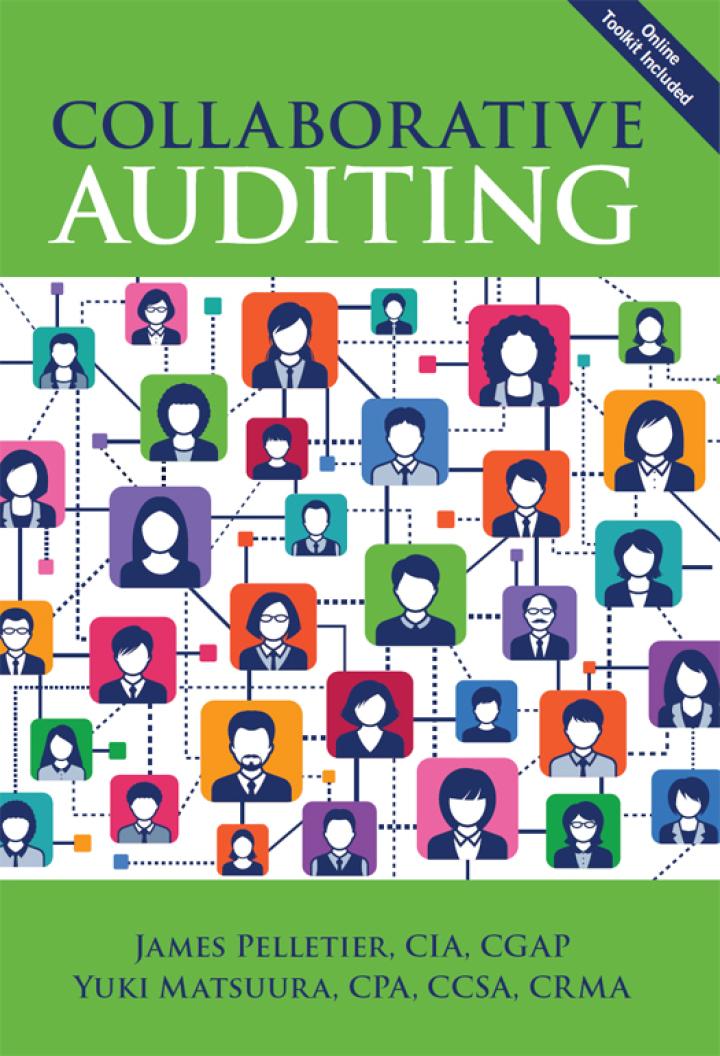please somebody

I. Submit answers to the following problems: At the completion of the current fiscal year ending December 31, the balance of Accounts Receivable for CertaPro Painters was $22,300. Creuii saics iur the year were $515,000. 1. Make the necessary adjusting entry in general journal form under each of the following assumptions. 1. Allowance for Bad Debts has a credit balance of $870. a. The percentage of sales method is used and bad debt expense is estimated to b. The percentage of receivables method is used and an analysis of the accounts be 1.0% ofcredit sales. produces an estimate of $1,580 in uncollectible accounts. Allowance for Bad Debts has a debit balance of $615. a. 2. The percentage of sales method is used and bad debt expense is estimated to be 0.8% of credit sales. The percentage of receivables method is used and an analysis of the accounts produces an estimate of $1,510 in uncollectible accounts. b. la. Page 1 GENERAL JOURNAL Post Ref.Debit Credit Description Date ADJUSTING ENTRIES Dec. 31 Bad Debt Expense Allowance for Bad Debts lb. Page GENERAL JOURNAL Post Ref. Debit Date Description Credit ADJUSTING ENTRIES Dec. 31 Bad Debt Expense Allowance for Bad Debts 2a. GENERAL JOURNAL Page 1 Post Ref. Debit Date Description Credit ADJUSTING ENTRIES Dec. 31 Bad Debt Expense Allowance for Bad Debts 2b. GENERAL JOURNAL Page 1 Post Ref.Debit Date Description Credit ADJUSTING ENTRIES Dec. 31 Bad Debt Expense Allowance for Bad Debts 2. Prepare the general journal entries for the following transactions. Jan. 2 Purchased land with a building on it for $750,000. The land is worth S300,000. Paid $150,000 down and signed a mortgage to be paid over 20 years. Dec. 31 Depreciation is computed using the straight-line method. The building has an estimated salvage value of $75,000 and an estimated life of 20 years. GENERAL JOURNAL Page 1 Post Ref. Debit Date Description Credit Jan. 2 Land Cash Mortgage Payable Dec. 31 Depreciation Expense@Building Accumulated Depreciation Building. 5. Indicate whether the following are a measure of (a) liquidity, (b) profitability, or (c) leverage. 1. Quick ratio 2. Times interest earned ratio 3. Current ratio 4. Ratio of net sales to assets 5. Return on total assets 6. Accounts receivable turnover 7. Return on stockholders' equity 8. Book value per share of common stock 9. Ratio of liabilities to stockholders' equity 10. Acid-test ratio 11. Earnings per share of common stock 12. Merchandise inventory turnover 13. Working capital A corporation is engaged in the transactions listed in the first ee!"~ . 6. measure placed next to each transaction, indicate the effect (increase, decrease, or no effect) the transaction has on the measure. Transaction i. Stock dividend issued 2. Purchased marketable securities Earnings per share Working capital Ratio of liabilities to stockholders' equity Current ratio Merchandise inventory turnover Quick ratio 3. Borrowed cash by issuing notes 4. Paid cash dividends 5. Paid salary expense payable 6. Sold merchandise on account










